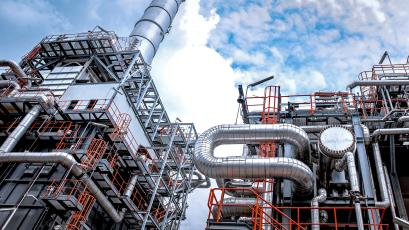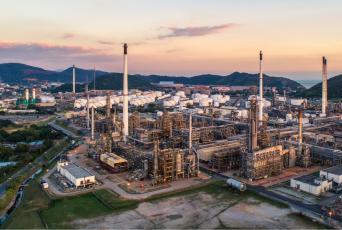As we head into the Memorial Day weekend, the unofficial start of the summer driving season, many begin to pay closer attention to gasoline prices. This should be no surprise since over 37 million travelers are expected to hit the roads across the country this weekend – and most of them will be driving vehicles that use gasoline as fuel.
Drivers this year should be pleased to know that gasoline prices are lower today than they were a year ago. According to the Energy Information Administration (EIA), the average price of regular gasoline across the country was $2.85 per gallon on May 20, 2019, slightly lower than a year ago when it was $2.92 per gallon.
There are a host of factors that impact the price we pay for gasoline, starting with the price of crude oil. The price of crude oil is set in the world market, not by the refineries that produce gasoline. And the price of crude oil today is lower than it was a year ago, despite reduced supply from Venezuela and Iran, and largely due to the increase in U.S. crude oil production. U.S. production of crude oil has grown by more than 10 percent since last Memorial Day, and late last year the United States – again – became the largest producer of crude oil in the world.
In addition to the cost of crude oil, which according to EIA accounts for 56% of the cost of gasoline, the other factors that contribute to what we pay at the pump include federal and state taxes (17%), the cost to refine crude oil into gasoline (13%), and the cost to distribute gasoline from refineries through pipelines and on marine vessels to regional storage terminals ― and finally by truck to your local retail outlet (13%).
So, as you fill your tanks this weekend, keep in mind that there are many factors that influence the price you pay.


